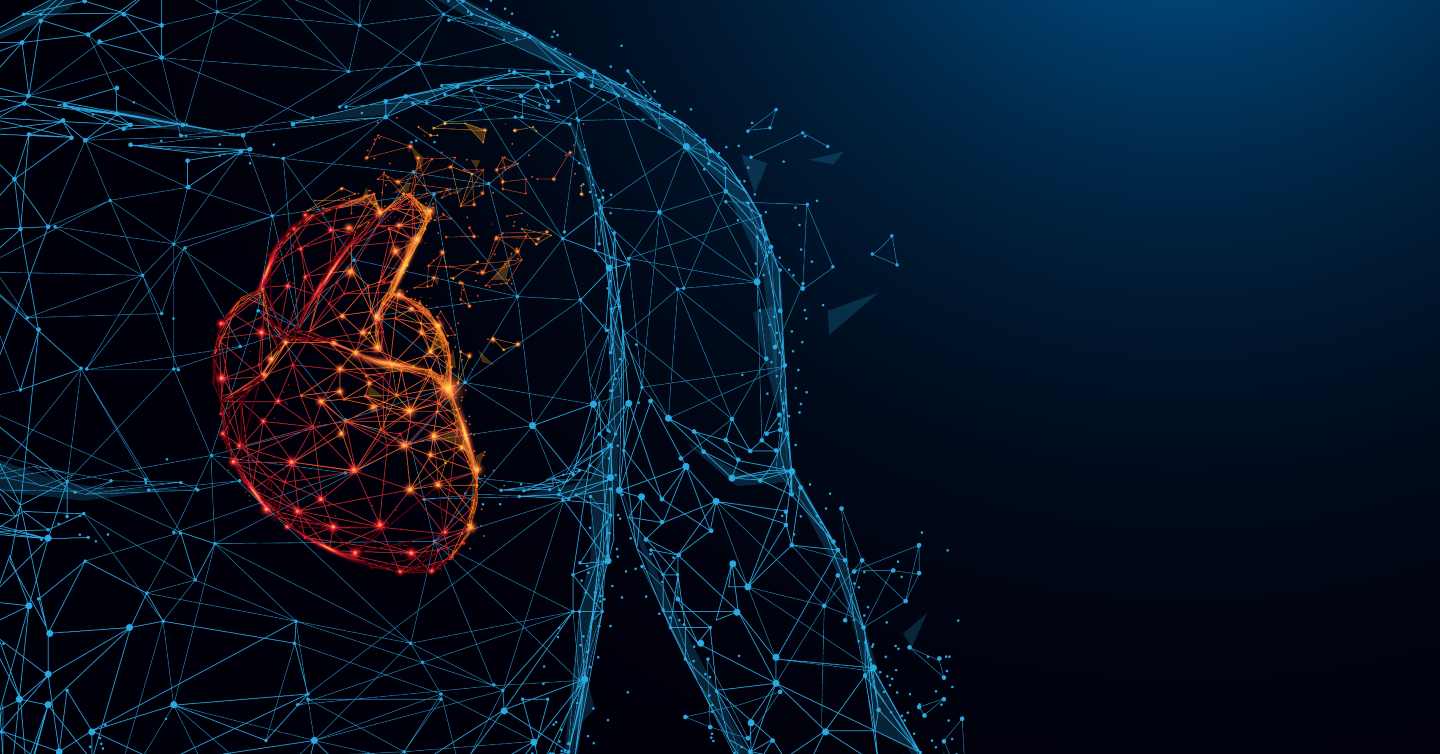Recognizing a Heart Attack Increases Chances for Recovery

What are the Signs and Symptoms of a Heart Attack?
By Kris Roloff, quality care coordinator, condition management at Network Health
Originally published on 2/4/2022 at 10:45 a.m.
According to the United States Centers for Disease Control and Prevention (CDC), every 40 seconds somebody in the United States suffers a heart attack. Also called a cardiac arrest, a heart attack represents a severe threat that can be fatal or negatively affect your quality of life.
Because a heart attack has a rapid onset, it’s important to recognize the signs and symptoms and catch it early enough to get treatment.
What are the symptoms of a heart attack?
Being aware of these symptoms could save your life.
Chest pain/discomfort
Arguably the most well-known heart attack symptom; most people who experience a heart attack will feel some degree of pain or discomfort in their chest with varying degrees of severity. This pain may feel like a tightness/pressure and may radiate or fluctuate in and out.
Pain or discomfort downstream from the heart
Another common symptom of a heart attack, especially in those assigned male at birth, is a pain in the left shoulder or arm. You may also feel pain/discomfort in your back or your neck. Some heart attack victims may even get pain in their stomach or jaw, which is why it’s important to be aware of which symptoms you may have at the same time as the less common ones.
Weakness, vertigo or lightheadedness
If you’re suffering a heart attack, you may feel weak or lightheaded with a quick onset. You may also feel dizziness (vertigo) or a general sense of brain fog. Because this symptom can be common with other events or illnesses, it’s important to keep an eye on other symptoms that may be developing.
Shortness of breath
If you’re having trouble breathing and experiencing any of the other symptoms above, it could signify a heart attack/cardiac event.
Flu-like symptoms
In addition to the above, a heart attack or cardiac event can produce the quick onset of flu symptoms like nausea, chills, a cold sweat and more. If you’re experiencing any abnormal symptoms seemingly out of the blue, call an emergency line like 911.
With a heart attack, early detection can be life-saving
Heart attacks may be common, but they can be survived with the proper understanding of their symptoms and appropriate action taken upon detecting them.
As with men, women’s most common heart attack symptom is chest pain or discomfort. But women are more likely than men to experience some of the other common symptoms, particularly shortness of breath, nausea/vomiting and back or jaw pain.
If you’re looking for more information on how your Wisconsin health plan can help you prevent heart attacks and detect risk factors that could make them more likely, contact us today.



